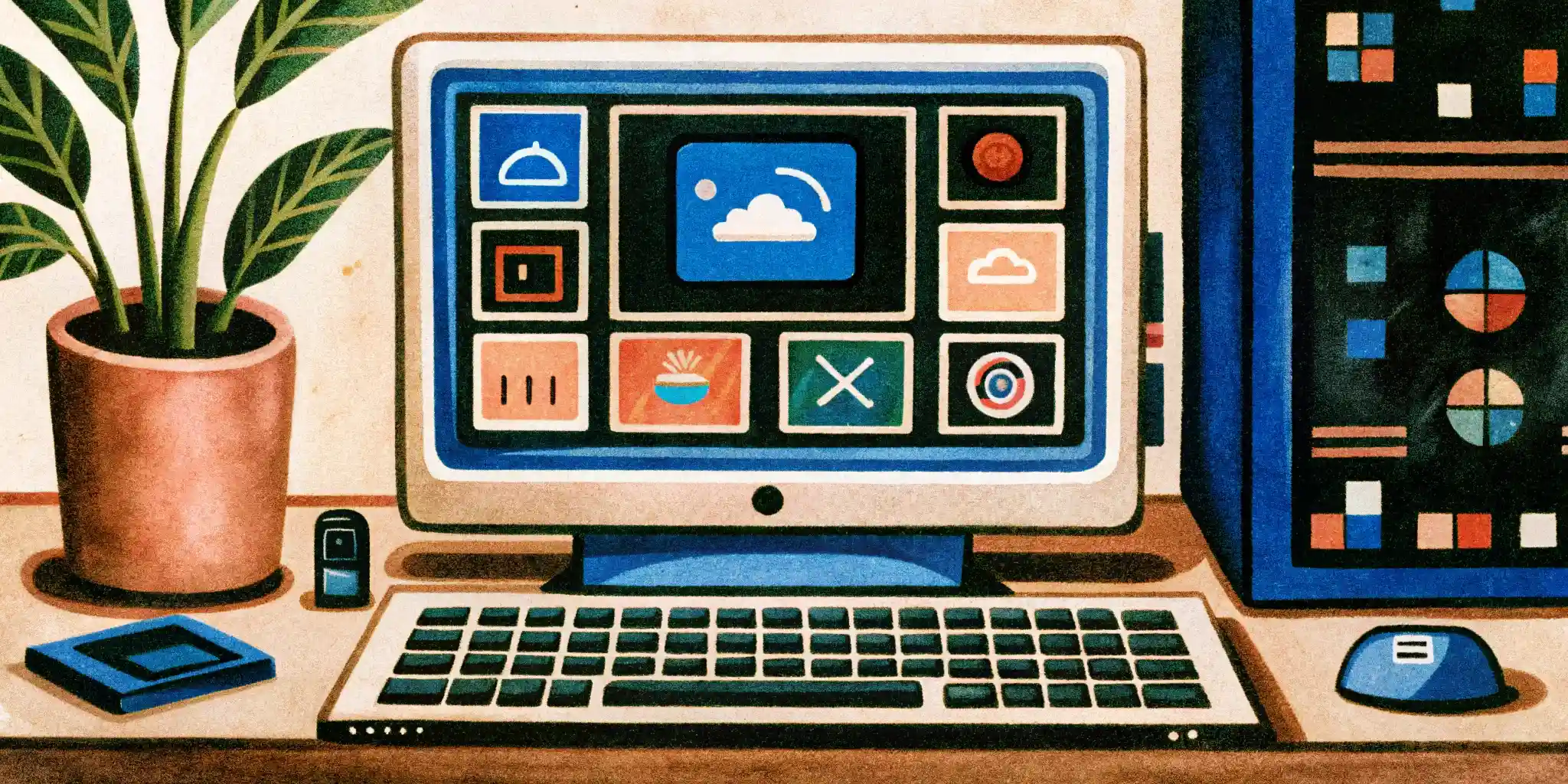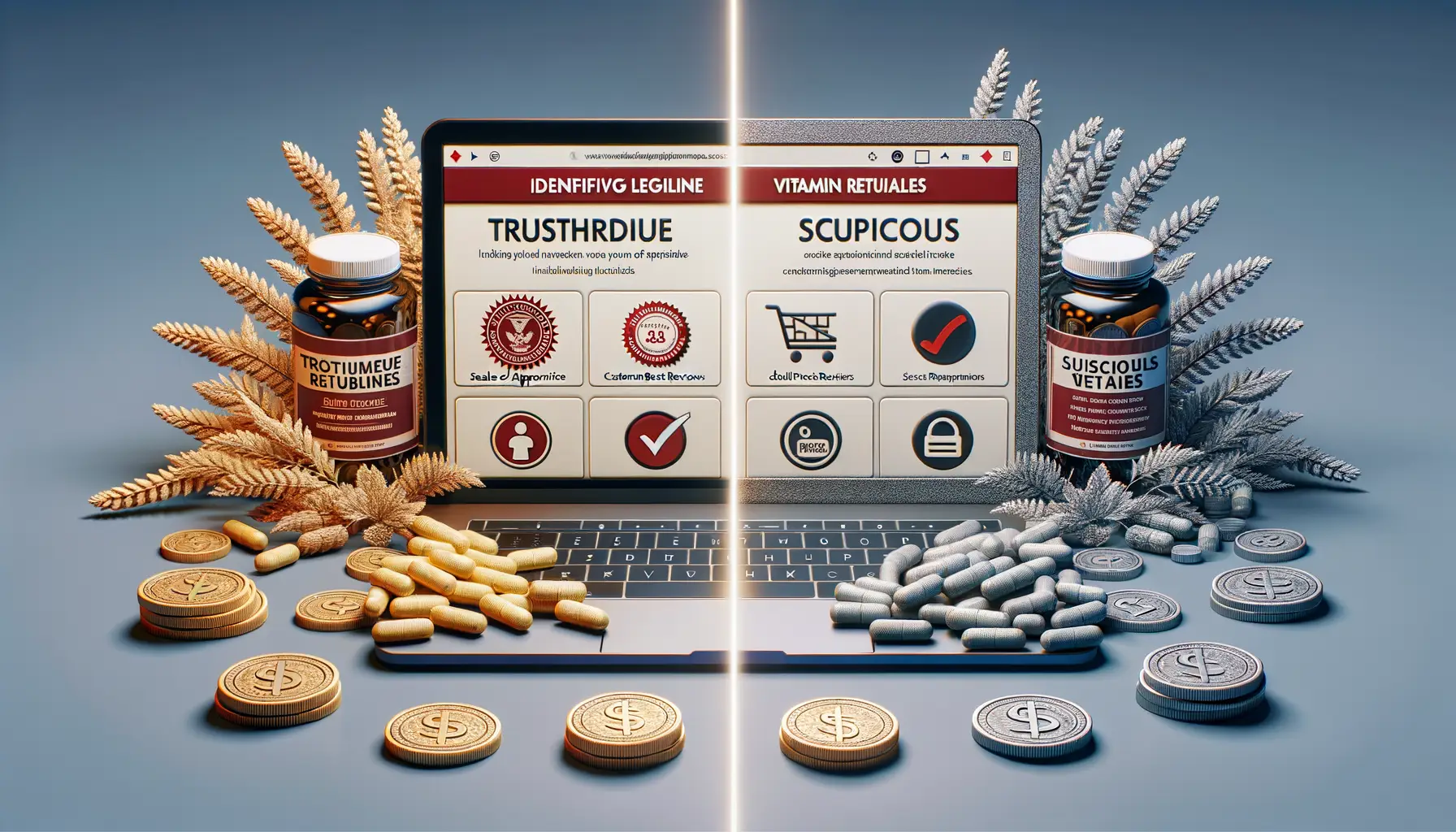Understanding the Appeal of Coin Collecting as Keepsakes
Why Coins Hold a Special Place in Our Hearts
Have you ever held an old coin in your hand and felt a ripple of history pass through your fingertips? It’s almost as if the coin whispers stories of the hands it’s passed through—grandparents, travelers, maybe even kings or queens. Collecting coins isn’t just about metal discs; it’s like piecing together a family scrapbook, but with treasure. Each piece you collect can symbolize a memory, a loved one, or even a shared passion passed down through generations.
What makes coins extra inviting as keepsakes is their duality: they’re sentimental and tangible. A worn penny from the year your grandmother was born, or a silver dollar gifted during a wedding anniversary, becomes far more than currency. They transform into milestones—tiny, gleaming time capsules that can be physically held and cherished.
The Emotional Connection Behind Coin Keepsakes
Some families collect photographs, others cherish heirloom furniture. But coins? They’re compact, durable, and surprisingly intimate. Imagine passing along:
- A rare gold piece, celebrating a significant family achievement
- A commemorative coin from a historic event, symbolizing resilience
- A unique foreign coin brought home after a cherished vacation
Each tells a story, not only of its origins but of the hands that chose to keep it safe. That’s why coin collecting as keepsakes isn’t just a hobby—it’s a heartfelt way to immortalize moments that matter most.
How to Identify Valuable Coins at Auctions
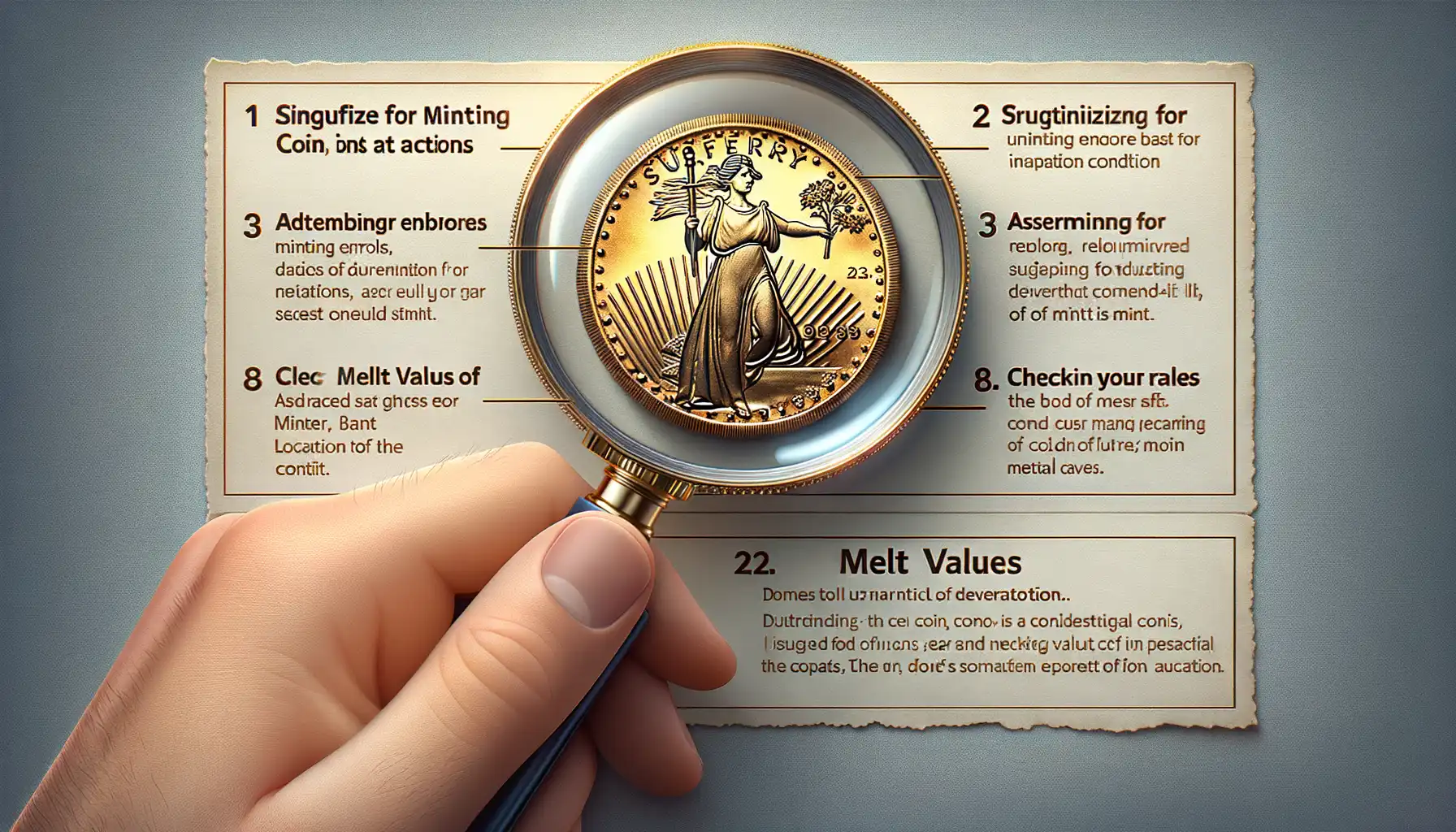
The Sparkle of History: What Makes a Coin Truly Valuable?
Imagine holding centuries of stories in the palm of your hand. That’s the magic of finding a truly valuable coin at an auction—it’s like stumbling upon a time capsule no one knew existed. But how do you recognize these treasures among the piles of pennies and nickels? Patience, my friend, paired with a few insider tips.
One key factor: rarity. It’s simple supply and demand—fewer coins minted often means higher value. Look for dates that experienced low production years or coins from short-lived series. Another clue? Condition. Even an old coin can lose its shine (and worth) if it’s scratched up or heavily worn. Collectors love pristine coins, especially those graded by trusted organizations like the Professional Coin Grading Service (PCGS).
And don’t forget to study the coin’s story. Does it feature a well-loved figure like Lady Liberty, or perhaps commemorate an event like the moon landing? These cultural connections add immeasurable charm—and value.
- Check for mint marks—tiny letters often found below designs, which indicate where the coin was made.
- Look for rare errors, like double strikes or off-center prints. Mistakes become masterpieces in the numismatic world!
Spotting Hidden Gems at the Auction Table
Here’s where things get thrilling: the auction room. Keep your eyes peeled for overlooked lots—items bundled together where a hidden treasure might just be hiding. A humble batch of coins could contain a brilliant piece missed by others.
Examine materials closely. Coins made of gold, silver, or even platinum have intrinsic value, even beyond their rarity. Meanwhile, copper coins may surprise you—they can hold astonishing worth if tied to eras like Colonial America.
Lastly, follow your instincts. Does something about a coin catch your eye? Maybe it’s its luster or a curious, unique design. Trust your gut—you might just uncover the family keepsake of a lifetime.
Key Strategies for Bidding Successfully in Coin Auctions
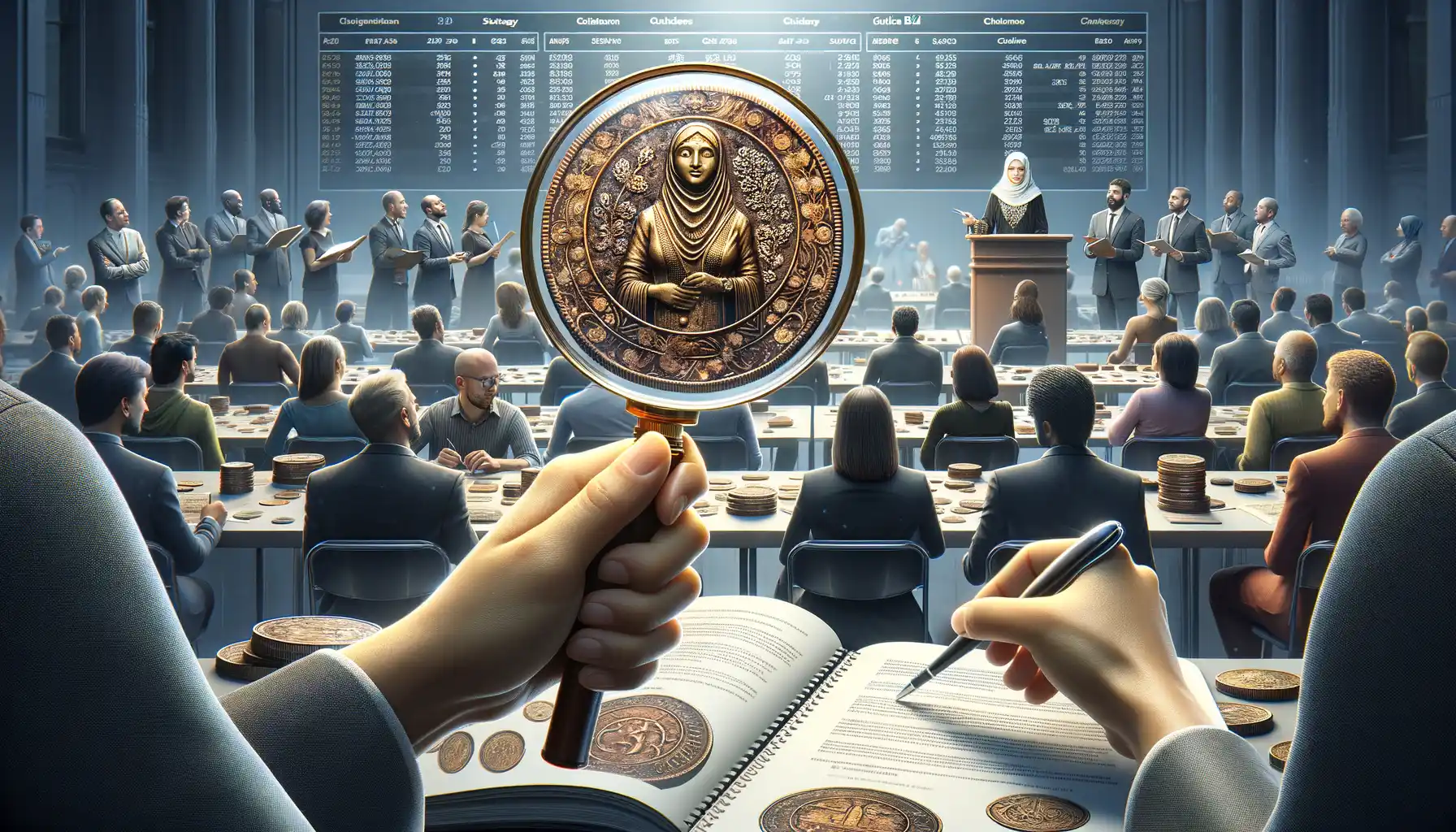
Mastering the Art of Auction Timing
Imagine this: you’re standing at the edge of a treasure trove, heartbeat quickening as the gavel pounds. The key to successful bidding often comes down to timing. Don’t jump in too soon—savvy bidders know patience can be your greatest ally. Watch how the rhythm unfolds; study how others bid and when they hesitate. Are competitors driving prices up fast? That could signal emotional bidding—something you should avoid like a pothole on a winding road.
Here’s a tip: the “rookie move” is to bid early and inflate prices unnecessarily. Instead, hang back and pounce strategically closer to the end. But make no mistake—knowing when to strike is as much an art as it is a science.
Practical Bidding Tactics to Stay Ahead
If you’ve spotted a coin that makes your heart skip a beat, go in prepared. Consider these tactics:
- Set a firm budget: It’s easy to get swept away. Know your spending limits and stick to them religiously.
- Bid with odd numbers: Instead of $100, try $103. It’s a sneaky way to outmaneuver those rounding to neat figures.
- Leverage proxy bidding: Many auctions allow automated bids to save you from real-time stress while ensuring you don’t miss out.
Ultimately, remember—every coin carries a story, but you’re the one deciding what yours will tell.
Preserving and Displaying Family Heirloom Coins
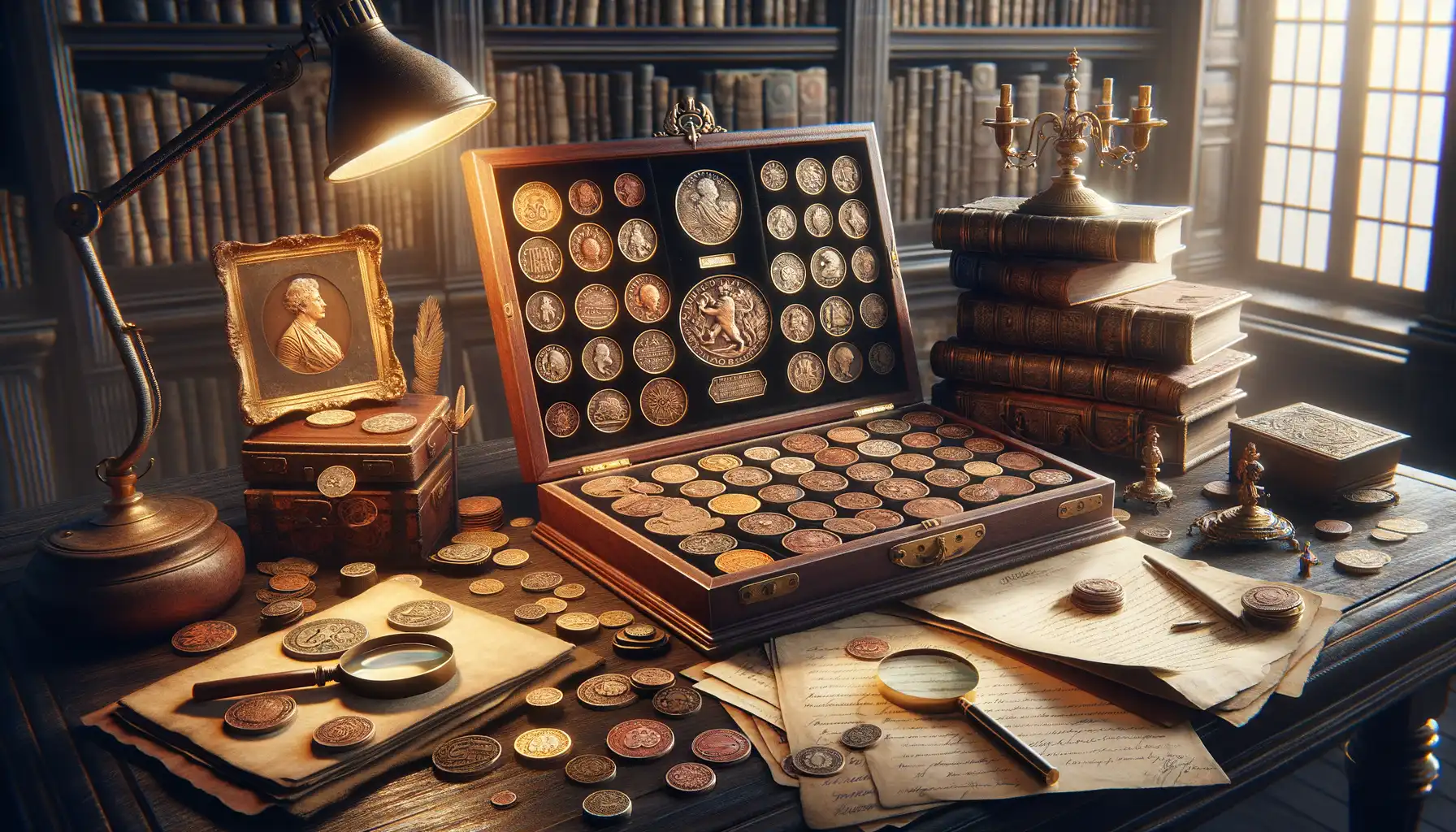
Your Coins Deserve Star Treatment
Imagine holding a piece of history, a coin passed down through generations, etched with stories you’ll never fully know but can still feel in your hands. These family heirlooms are more than metal; they’re time travelers. To honor their journey, proper care is key.
Start with storage: coins hate extremes like heat, moisture, or even too much air. Use archival-quality holders, airtight capsules, or soft velvet-lined cases to shield them from scratches and tarnish. Avoid cleaning them with harsh chemicals — overzealous scrubbing can erase decades of charm!
Displaying them? Let’s go beyond boring boxes. A shadow box lined with black felt can make those shimmering edges pop. Or get creative: frame a cluster of coins alongside vintage photographs or handwritten letters to weave a visual story.
Guarding Precious Memories
Protecting your heirloom coins means protecting their legacy. Follow these golden rules:
- Handle coins by their edges only. Skin oils can harm delicate finishes!
- Keep them away from wooden containers — the acids can be their silent enemy.
Your coins aren’t just objects. They’re quiet storytellers. Treat them with care, and they’ll speak for generations to come.
Tips for Researching and Authenticating Rare Coins

Digging Deeper: Researching Rare Coins Like a Pro
Uncovering the story behind a rare coin can feel like opening a time capsule. Every scratch, tarnish, or gleaming surface holds secrets. But how do you make sure your treasure is the real deal and not just a polished replica? It’s all about arming yourself with knowledge.
Start with the essentials: a high-quality magnifying glass and patience. Examine every detail of the coin—its date, mint mark, and overall condition. Look out for rare varieties, like a misprinted year or a peculiar die crack. These quirks can add immense value!
To dig deeper, check trusted online resources (the American Numismatic Association is a great place to start). There are also auction archives where you can compare prices and learn from past sales. If you’re skimming through listings, set aside time to read reviews of the sellers. A seller with glowing feedback is worth their weight in gold—or silver!
- Don’t rule out local coin dealers—they often have insights no website can match.
- Join collector forums to share discoveries and ask burning questions about authenticity.
Be curious, stay skeptical, and let the joy of discovery guide your search!

